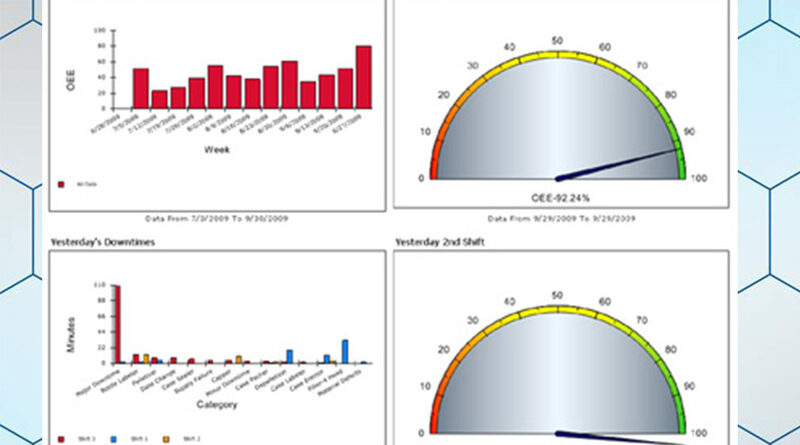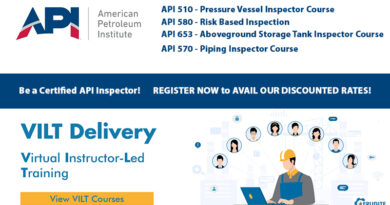Maintenance Metrics You Should Be Measuring
Effective equipment maintenance is a key component that delivers availability, capacity and quality to plant operations, as well as significant value to the overall business. The best performing operations will consistently provide the right resources at the right time and at a minimal expense. Through the use of metrics, maintenance organizations can efficiently manage maintenance activities and focus improvement initiatives on driving value.
Successful Metric Foundation
Intuitively, most everyone understands that there is value in maintaining assets in a reliable working state. From a driver regularly changing the oil in his car to the hydraulic technician ensuring the system pressure is consistent on a 3,500-ton metal-forming press, there are innumerable tasks being performed worldwide that keep plant operations going and assets performing. The difference between a successful organization and a struggling enterprise is frequently found in the ability to sustain an efficient and continuously improving asset management culture.
A key tool in supporting that culture of sustainability is a computerized maintenance management system (CMMS) or enterprise asset management (EAM) solution. Sadly, many businesses fail to establish the proper management foundation to leverage the wealth of information and insight that these systems can deliver. As a result, initiatives aimed at improving availability, capacity and quality of operations through equipment maintenance often do not get the attention and budgeting they need. Good maintenance management relies on the CMMS/EAM solution to provide that confidence and substantiation through business metrics that are aligned with the organization’s goals.
A solid maintenance metric foundation is built with three strategic objectives in mind: adoption, performance and improvement.
Adoption
The key to any successful organization is how well it consistently and accurately performs its duties, so metrics related to performance of maintenance activities are a logical place to start. You likely have heard the phrase “garbage in, garbage out” in reference to implementing software systems, but despite that truism, many fall into the trap of defining their performance measures and then managing their business from there.
The first step in ensuring that performance data is reliable is to establish metrics that will measure how well the system is being adopted. It is difficult to change the habits of people overnight, so giving visibility to information that aids in understanding how well a system is being used will be crucial to success. Performing basic comparisons, such as expected labor hours vs. actual recorded hours, can offer great insight into simple usage characteristics.
Aside from usage information, gaining a feel for process adherence is a goal of good adoption metrics. Collecting regular counts of how many work orders are being moved through the established process is also very informative and telling of system adoption. Weekly counts of created, approved, scheduled and completed work orders, while not necessarily significant on their own, can provide a picture of how well an organization is accepting the changes that were put in place. Beginning with these types of routine, basic adoption metrics will generate confidence that this information is reliable and can be used to manage the business through performance measures.
Performance
Metrics that show how well performance targets are being met have long been the poster child of maintenance management metrics, but without the previous establishment of adoption, performance metrics are often very misleading. However, with a solid foundation, regularly monitored performance metrics are the catalyst for motivating personnel to achieve success. With the combination of strategic and tactical goals, maintenance management can ensure that the right things are getting done and that resources are properly allocated to consistently execute the defined program. Tactical objectives, such as PM compliance, backlog management and downtime measurements, are good for monitoring and reporting on basic maintenance efficiency. Strategic goals related to planning effectiveness and emergency work percentage show how well the day-to-day tactical execution is impacting operations at a simplistic level.
When establishing performance metrics, it is important to consider the operation-specific goals and align them with the maintenance activities that impact them. This will ensure that the proper attention is given both from the maintenance perspective and the overall operational perspective. Close collaboration and alignment between operational goals and maintenance activity give leading enterprises the ability to maximize current processes and the confidence to embark on improvement initiatives.
Improvement
Proven time and time again by business analysts and surveys, the best organizations always find ways to get better. In today’s highly competitive world, if you are sitting still, you are backing up. Innovation has been the hallmark of American success, and it is not limited to new products. An innovative maintenance organization that can adapt to change as well as find new opportunities to improve the efficiency, effectiveness and/or safety aspects of their tasks will deliver operational and financial benefits to the entire organization.
Through consistency, process adherence and reliable data derived from daily execution, maintenance organizations can build upon the solid base of performance and confidently embark on initiatives that will support continuous improvement. Insightful metrics, such as failure analysis and mean time statistics, offer a wealth of information to carry out root cause analysis, PM program refinement and cost/benefit comparisons to help determine where additional focus can achieve higher returns.
Remember, when the three pillars of adoption, performance and improvement metrics are established, management can visualize and prove that their maintenance activities are delivering the highest level of value to the entire organization.




